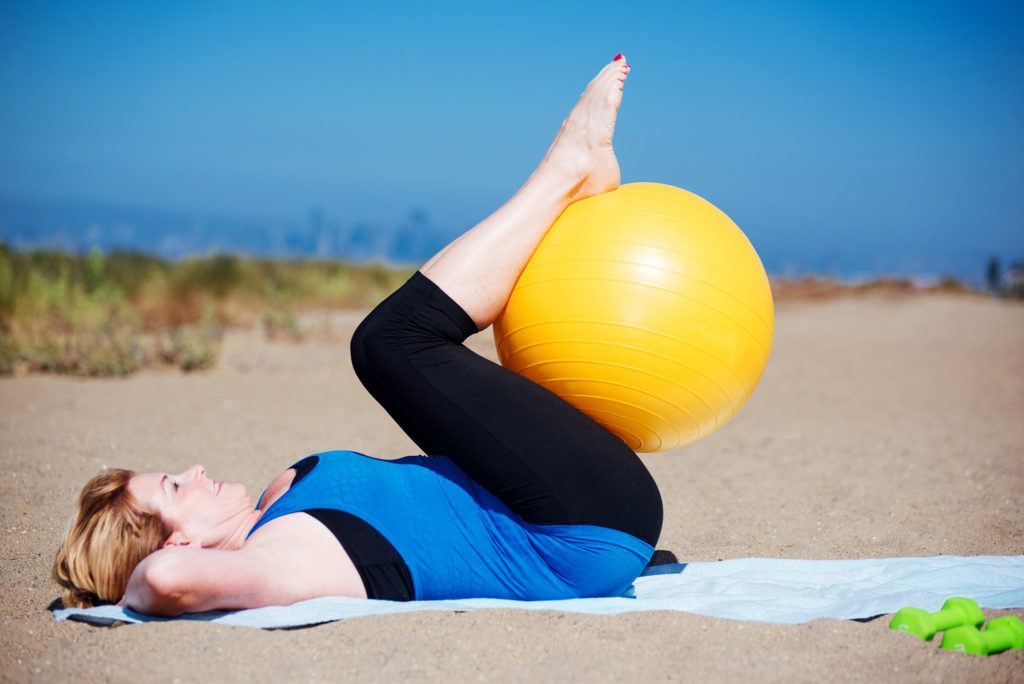Walking continues to be the most popular form of exercise in the United States and for good reasons. Walking is easily accessible and most people are comfortable doing it.
While walking is popular, enjoyable, and good for you, it doesn’t necessarily get a whole lot of credit when it comes to burning calories per hour. However, based on a recent study at Southern Methodist University, it looks like fitness trackers may be in need of an update. A report by Lindsay Ludlow, PhD, and Peter Weyand, PhD, published in the Journal of Applied Physiology (2016; 120 [5], 481–94), suggests that equations commonly used to determine calories burned while walking are coming up short.
The study tested the accuracy of three common equations that have been used for the past forty years to measure calories spent while walking. Ludlow and Weyand found the equations did not account well for body size and underestimated calorie-burn in 97% of the cases they examined. Dr. Ludlow believes the discrepancies occurred because the original equations we’ve been using for the past forty years were based on results from a small number of men of average height.
Ludlow and Weyand have now developed a new formula based on a much larger sample size that they say is four times more accurate for adults and kids together and about two to three times more accurate for adults alone.
Per Ludlow and Weyand, the new equation is formulated to apply regardless of the height, weight and speed of the walker and is more accurate. Currently, the equation accounts only for level walking and more research is needed to measure walking uphill, downhill, and carrying additional loads.
How Many Calories Are You Really Spending Walking
So, based on the new formula, how many calories are you really spending? “For an average height woman of 130 pounds walking at a typical speed of 2.9 miles per hour, the total energy used to walk one mile would be 81 kilocalories (kilocalories is the more scientific name for what most people refer to as calories),” says study co-author Peter Weyand, Ph.D., a biomechanics professor and director of the Locomotor Performance Laboratory at Southern Methodist University. To compare: The old equation predicts you’ll burn just 68 calories per mile at 2.9 miles per hour, says Weyand. “For a faster walk of four miles per hour or so, the number of kcals burned increases to about 95 per mile,” he says.
Thanks to Ludlow, Weyand, and their latest research, walking seems to be a more effective form of cardiovascular fitness than we already knew it to be. It looks like we have one more reason to park in the back of the lot, and use the stairs instead of the elevator.
As a matter of fact, I think it’s time to take the dogs for a walk. 🙂
Shared with love,
Jennifer



